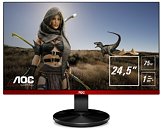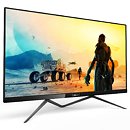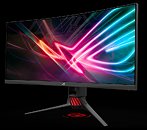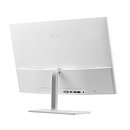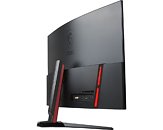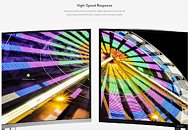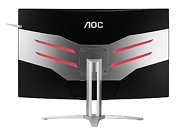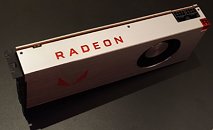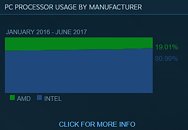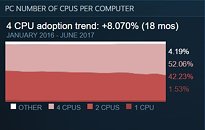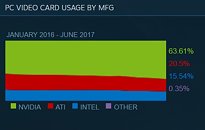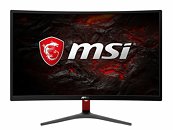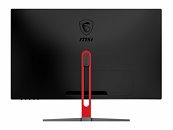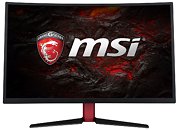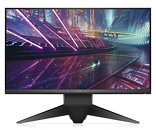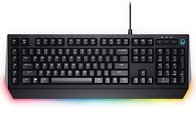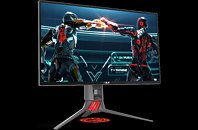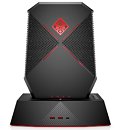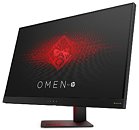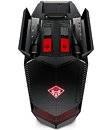
AOC Expands Their Mainstream Gaming Monitor Line-Up with New Frameless Models
Display specialist AOC today introduces three new gaming monitors which extend their successful mainstream gaming line represented by the well-received G2460PF and G2460VQ6. In addition to their appealing "3-sided frameless" design, the new G90 series boasts an impressive set of specs and features, guaranteeing a top-notch gaming experience: A refresh rate of 144 Hz and AMD FreeSync technology provide smooth gameplay without stuttering, tearing or motion blur, and a 1 ms response time eliminates ghosting effects. The new G90 displays offer AOC Low Input Lag Mode and AOC Shadow Control as well as a handy stand that can be easily mounted and removed without screws - perfect for LAN parties and esports tournaments!
Top-notch gaming performance
AOC's G90 series offers models in two sizes: the 24.5" AOC G2590VXQ and AOC G2590PX as well as the 27" AOC G2790PX. All of them feature a frameless 16:9 Full HD TN panel (1920 x 1080 pixels), a short 1 ms response time to eliminate annoying ghosting effects, a high refresh rate (G2590PX and G2790PX: 144 Hz, G2590VXQ: 75 Hz) and FreeSync support. The latter reduces stuttering, tearing and input lag for an even smoother gaming experience. The AOC Low Input Lag Mode gives gamers an additional edge: it bypasses most of the monitor's internal video processing, which results in even more responsive gameplay. Titles with a very dark map design especially benefit from the AOC Shadow Control feature: it lightens overly dark screen areas and darkens bright parts without affecting the rest of the screen.
Top-notch gaming performance
AOC's G90 series offers models in two sizes: the 24.5" AOC G2590VXQ and AOC G2590PX as well as the 27" AOC G2790PX. All of them feature a frameless 16:9 Full HD TN panel (1920 x 1080 pixels), a short 1 ms response time to eliminate annoying ghosting effects, a high refresh rate (G2590PX and G2790PX: 144 Hz, G2590VXQ: 75 Hz) and FreeSync support. The latter reduces stuttering, tearing and input lag for an even smoother gaming experience. The AOC Low Input Lag Mode gives gamers an additional edge: it bypasses most of the monitor's internal video processing, which results in even more responsive gameplay. Titles with a very dark map design especially benefit from the AOC Shadow Control feature: it lightens overly dark screen areas and darkens bright parts without affecting the rest of the screen.


